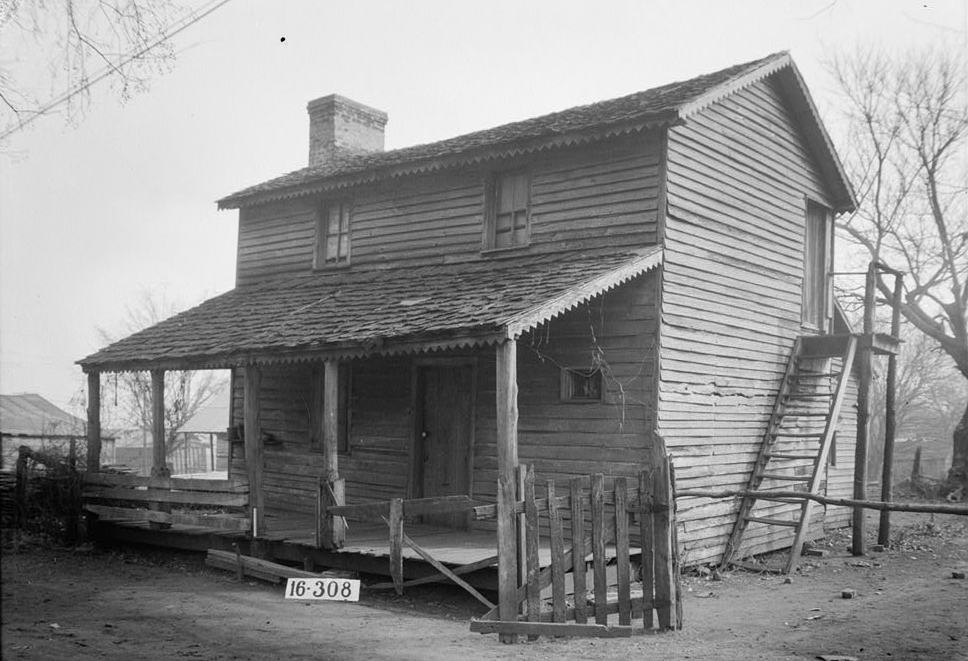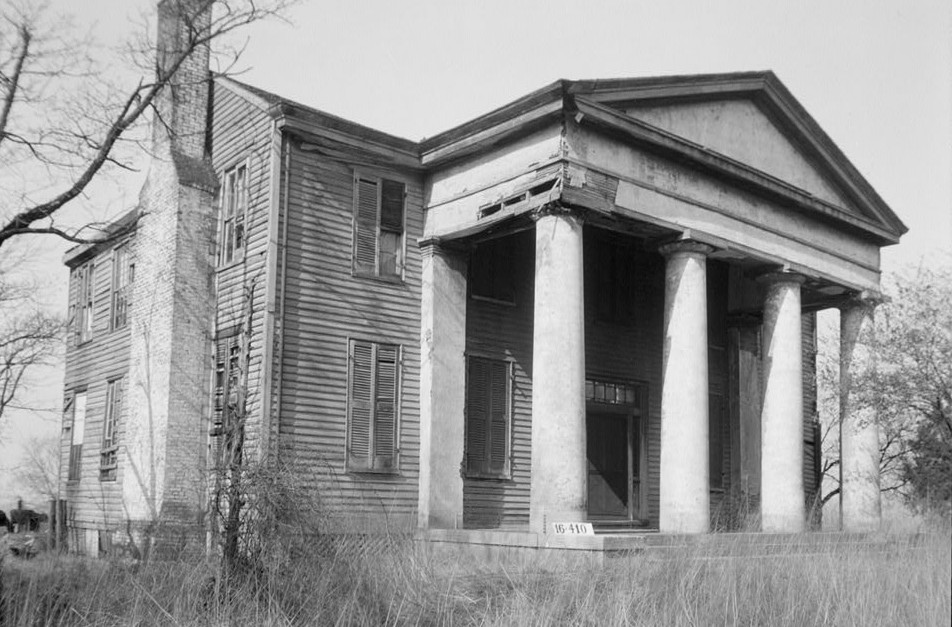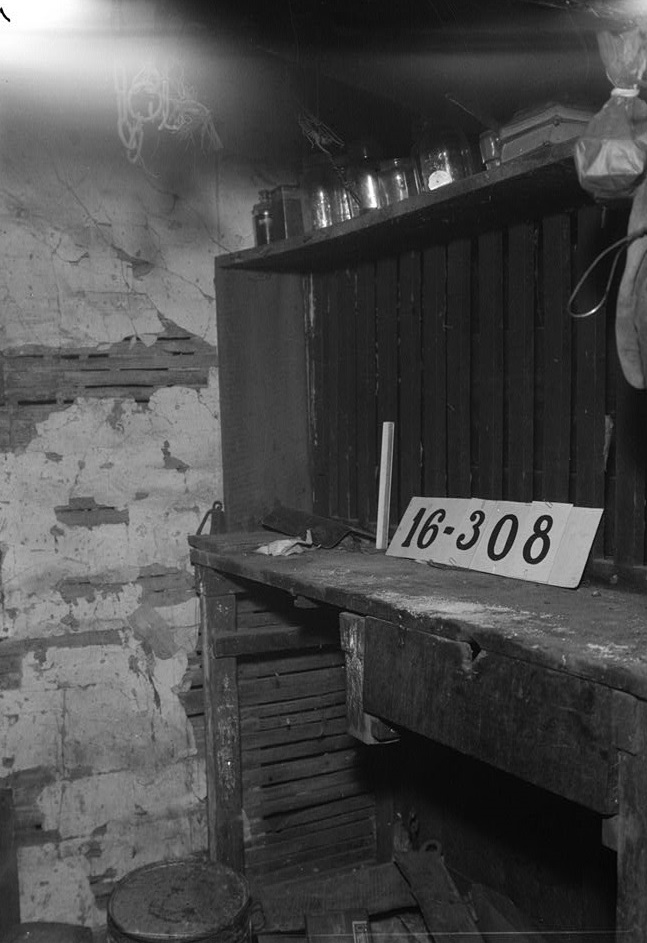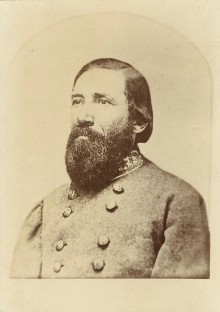The rich lands in the Tennessee Valley were prized by speculators long before its actual settlement. When America’s independence from England was declared, and the Treaty of Paris guaranteed the country’s control over the trans-Appalachian west, speculators began to eye the forested bluffs and valleys of northern Alabama. While speculators dreamed of financial gain, squatters actually settled the area. Squatters moved into the area in 1804—two years before the Chickasaw and Cherokee nations ceded the land that later became Madison County to the federal government.
 Stagecoach Tavern in Mooresville, North Alabama 1934 (Photographer W. N. Manning, Historic American Buildings Survey, Library of Congress)
Stagecoach Tavern in Mooresville, North Alabama 1934 (Photographer W. N. Manning, Historic American Buildings Survey, Library of Congress)
Settlers displaced squatters
The early settlers carved their homesteads out of the wilderness. The legal title to their own land encouraged them to make improvements, build roads and establish villages. Settlers who “arrived with the first federal land sale in 1809, joined by some squatters able to buy their claims, displaced others not so fortunate. Many shared with the squatters who came before them the yeoman ideal of self-sufficient independence. They built homes, planted gardens and orchards, widened trails into roads with their axes and wagons, and established villages and towns. They also built churches, schools, taverns, stores, and a courthouse—symbols of the belief and culture, sociability and law, and economic interdependence that bound their community together.”1
 Horton- McCracken House, Meridian Pike, Huntsville, Madison County, AL
Horton- McCracken House, Meridian Pike, Huntsville, Madison County, AL
Madison County created
By a proclamation of Hon. Robert Williams, Governor of the Mississippi Territory, Old Madison County was created and established the 13th day of December 1808 with a population of five thousand. The proclamation read as follows:
“Whereas, by the ordinance of the government of this territory, it is provided that, for the prevention of crimes and injuries, and for the execution of process civil and criminal, the governor shall proceed from time to time, as circumstances may require, to lay out the parts of the district in which the Indian titles shall have been extinguished into counties and townships, subject, however, to such alterations as may thereafter be made by the Legislature.

And, whereas, the Indian titles have been extinguished to a tract of country lying and being within this territory, principally on the north side of the Tennessee river, commonly called the “Great Bend” of the Tennessee, and bounded as follows: beginning on the north bank of the Tennessee river on the Cherokee boundary, thence northward along said boundary to the southern boundary of the state of Tennessee; thence west with said last mentioned boundary till it intersects the Chickasaw boundary line; thence south along said Chickasaw line, crossing the Tennessee river twice, to the beginning; agreeable to a survey made under the authority of the United States, within which boundaries there are several thousand inhabitants, having as yet no laws or officers among them: And it being also provided by said ordinance, that the laws shall have force in all parts of the district; to the end, therefore, that the inhabitants residing in said tract of country may have the benefit of law:
I do in compliance with said ordinance, and for the purposes aforesaid, lay out said tract of country, to be called and known by the name of “Madison,” subject, however, to such alterations as may hereafter be made by the Legislature.
Given under my hand and the seal of the territory, at the town of Washington, this thirteenth day of December, in the year of our Lord, One Thousand Eight Hundred and Eight, and in the Thirty-third year of the Independence of the United States.
(L. S.) (Signed) Robert Williams.
By the Governor,
Thomas H. Williams, Secretary
1Transforming the Cotton Frontier: Madison County, Alabama, 1800-1840 LSU Press





